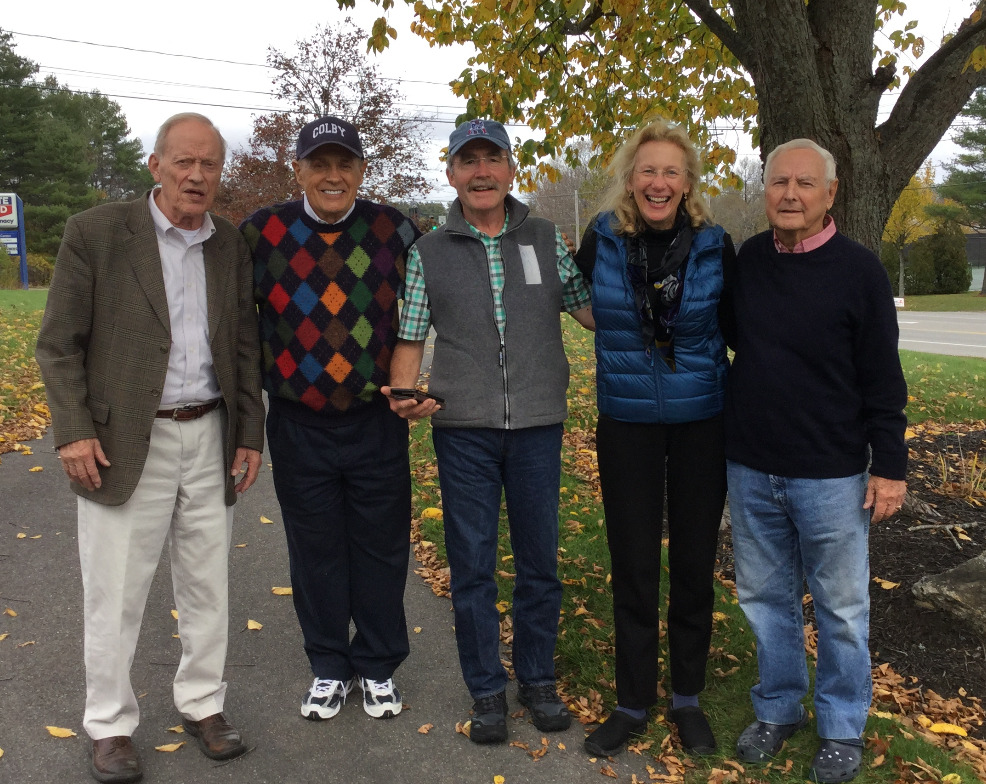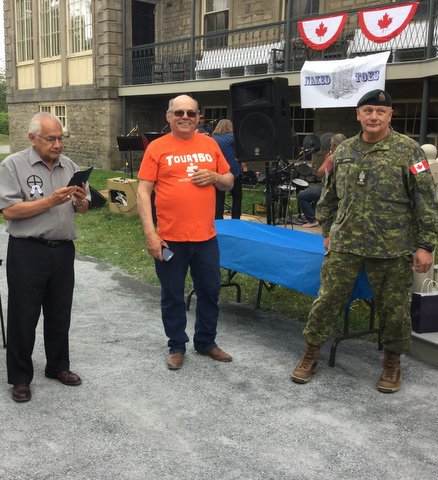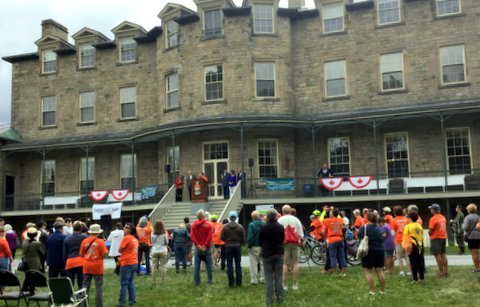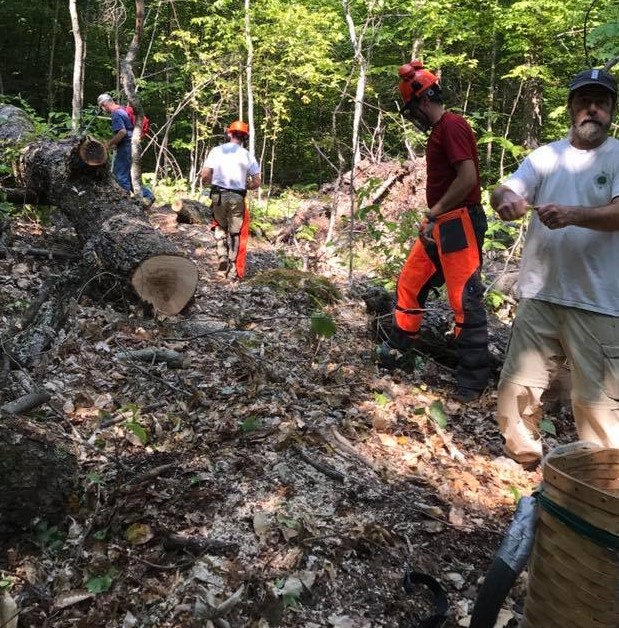The Maine Chapter is wrapping up a very important year and we are looking ahead to making great strides in 2018. As a friend and supporter of the Maine Chapter, you have helped us complete, improve, and maintain one of the world’s great long distance trails. No other trail in the world has at its core a story of Earth history such as the IAT, and no trail community since that which created the Appalachian Trail has put the opportunity for rural economic development so clearly at the forefront of its mission. You have helped make that happen!
Since the morning in mid-October 1993 — at the Front Street Deli in Bath, Maine — that Dick Anderson first showed me a map of a trail that he had imagined, linking the three highest peaks in Maine, New Brunswick and Quebec, I have wondered whether or not I would walk it. After ducking the question — "Have you walked the IAT?" — countless times at gatherings and meetings of hikers and maintainers, I decided this past summer to walk the trail in North America. The Maine section had to be first, of course, and I completed the trail from Fort Fairfield to the new national monument east of Baxter State Park in the first week of October.
Now that first IAT miles are behind me, I can report to you with first hand experience that the dozens and dozens of volunteers who over the years have laid out, cut, and maintained our trail have done a remarkable job. When we presented our first map of the IAT on Earth Day 2000, over 80% of the trail in Maine was along the side of roads. It was not a bad walk, but one full of promise — promise that one day it might wind through the forests and along the streams and rivers of northeastern Maine. Twenty-three years later, nearly 80% of it is in the woods.
In addition to regular trail work and the efforts to relocate trail off of secondary roads, your support will help with the cost of updating the website and improving map and other resources for hikers on all sections of the trail in North America. We have started work on a map of the trail in North America and we envision a Cloud based companion guide to help people plan their long distance hikes or shorter walks along the trail from Katahdin to Crow Head in Newfoundland and the Nuussuaq Peninsula in Western Greenland. Companion guides were first written for the Appalachian Trail over thirty years ago, and we had a small printed version for the IAT in Maine, New Brunswick, and Quebec as early as 1998. These guides provide information about everything from public ground transportation to resupply, as well as opportunities for lodging, laundry, and other points of interest nearby the trail.
The IAT links people and places that ring the North Atlantic Ocean Basin, all of which share a common geologic heritage. Your gifts help us put it on the map!
With warm regards and thanks,
Sincerely,
Don Hudson,
President, IAT Maine and Co-chair, IAT International Council
To contribute to the annual appeal via paypal on website, go to www.internationalatmaine.org/support and click Donate.








